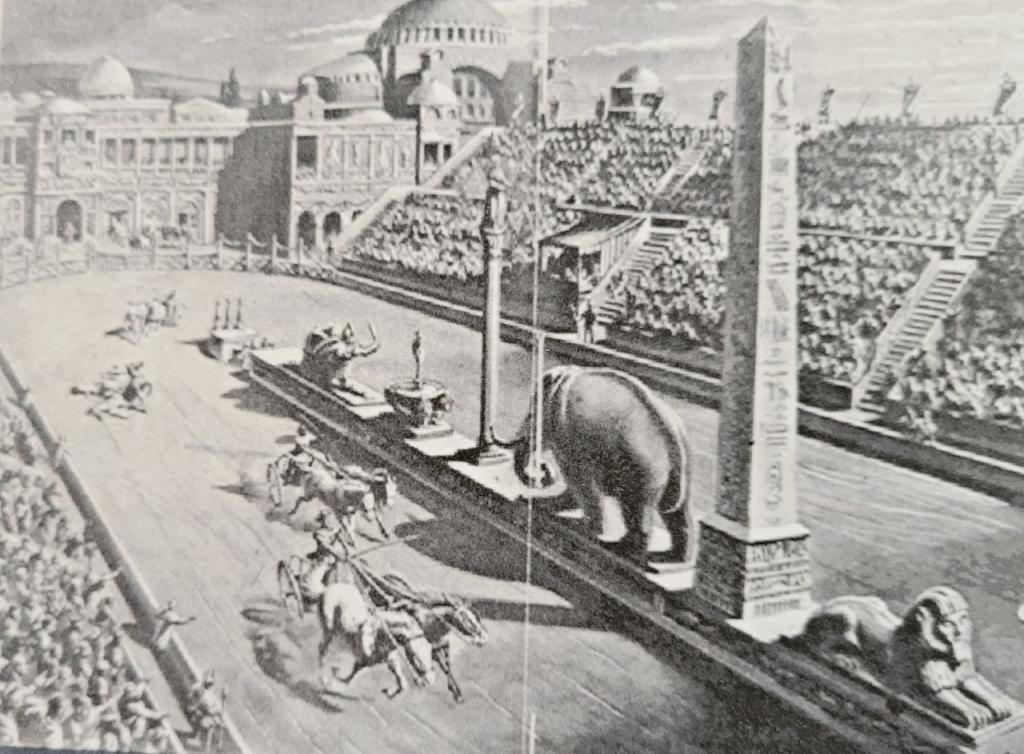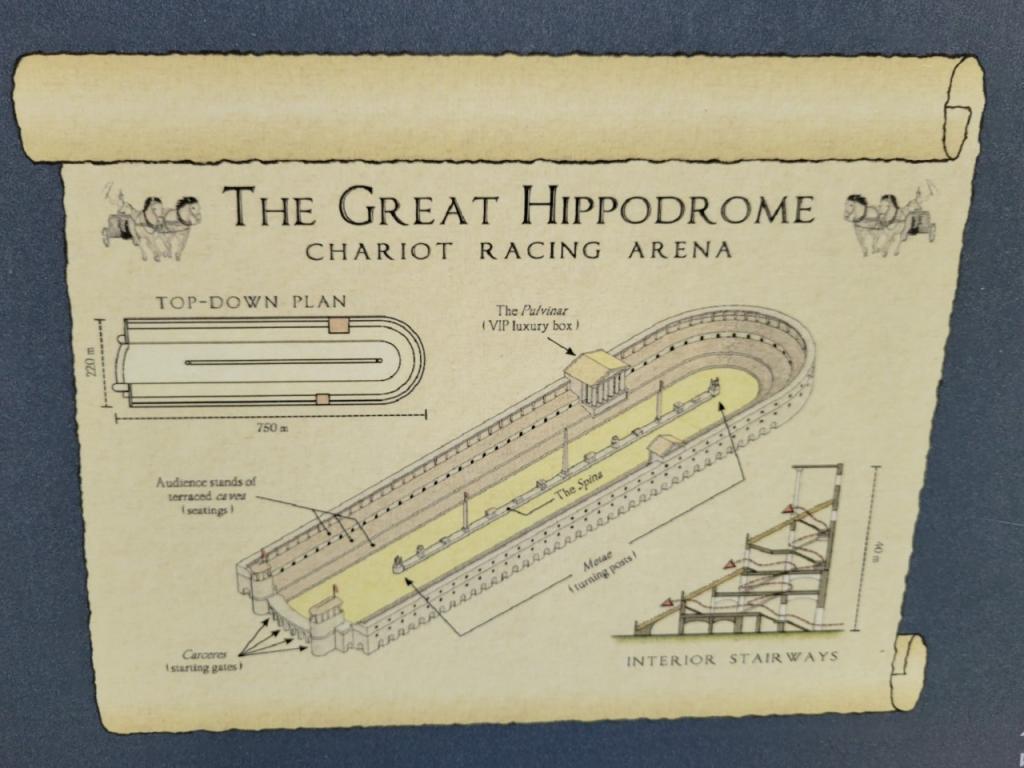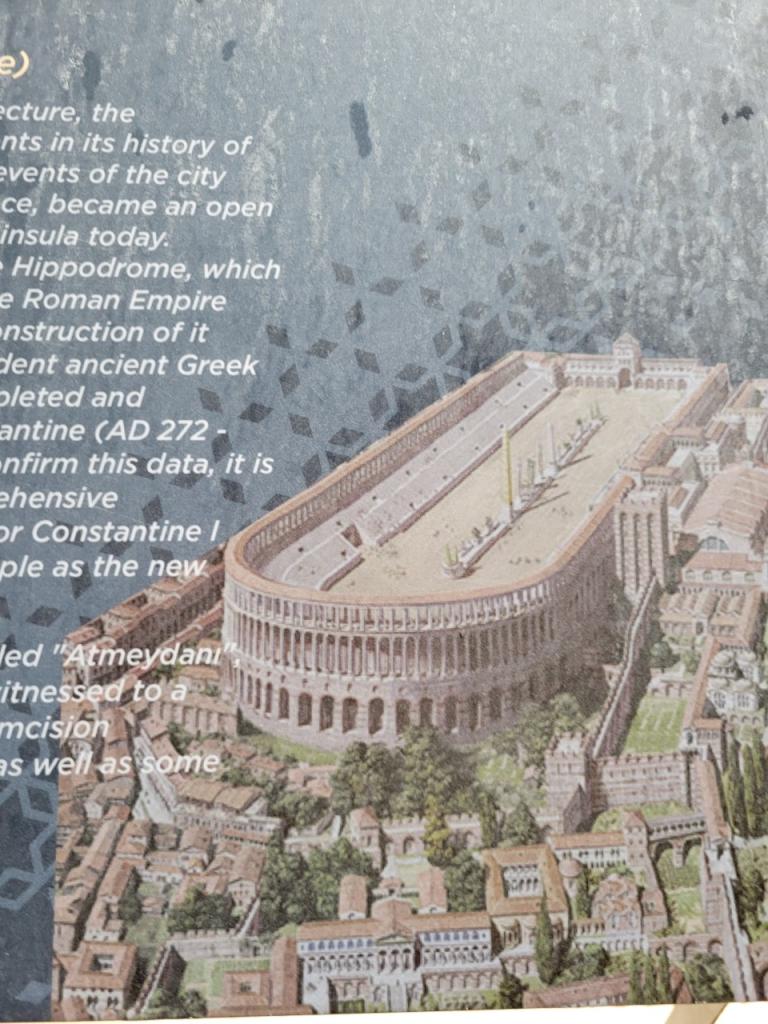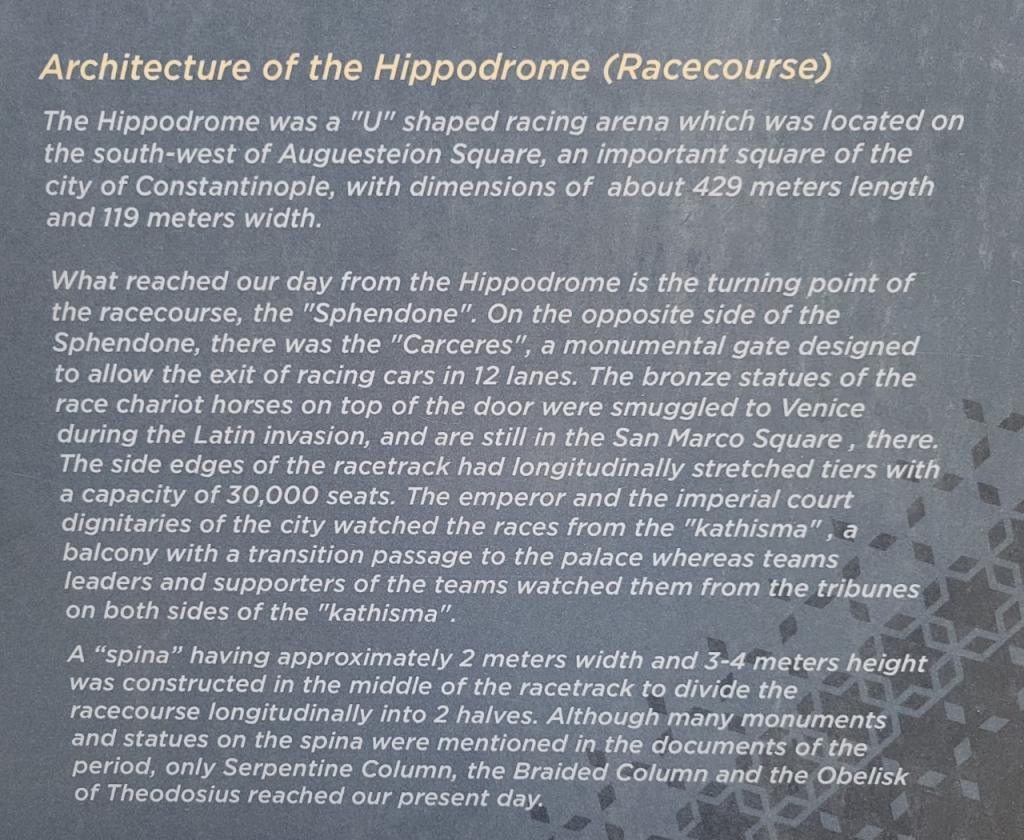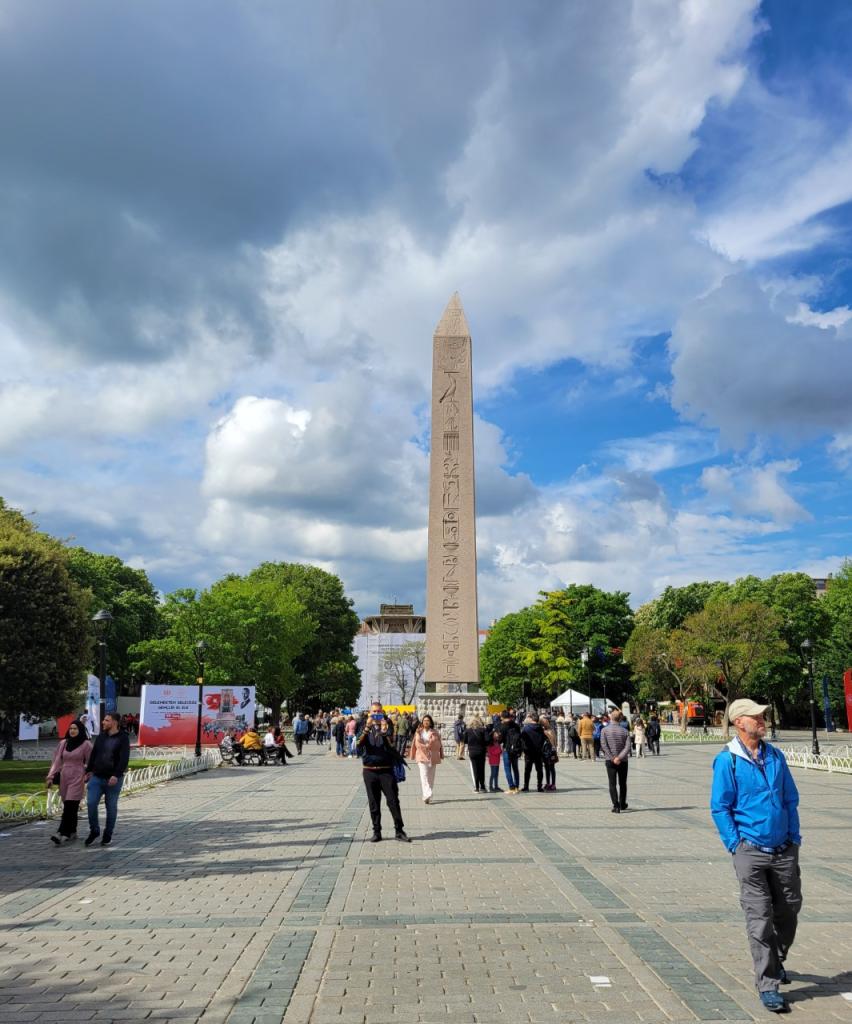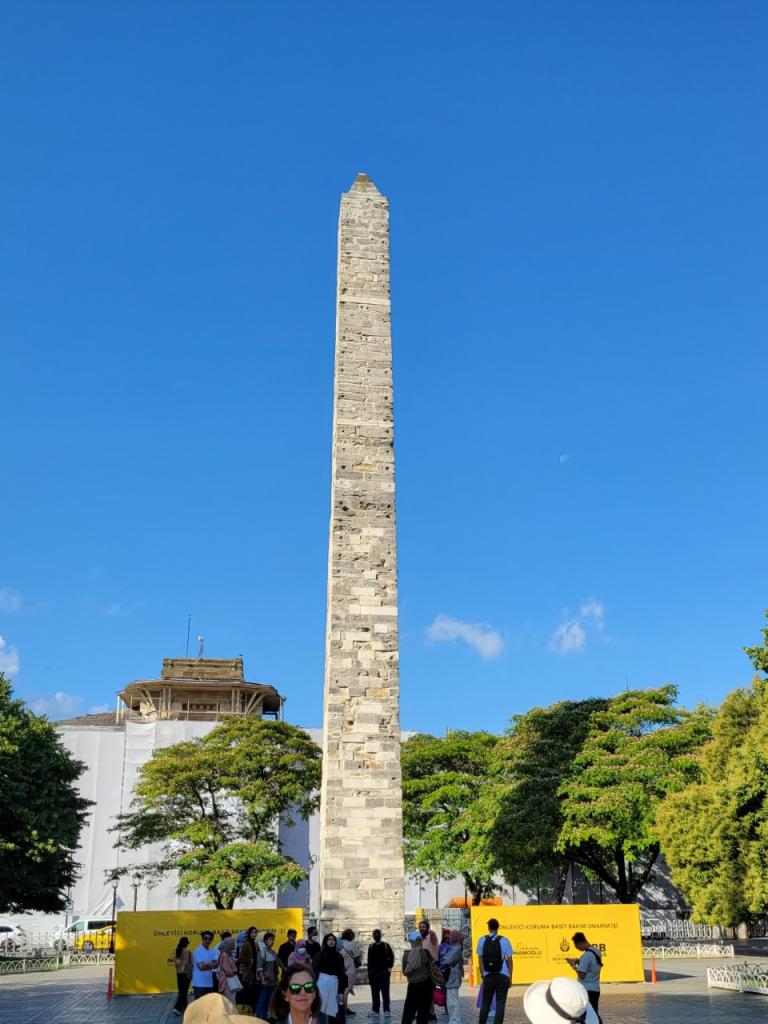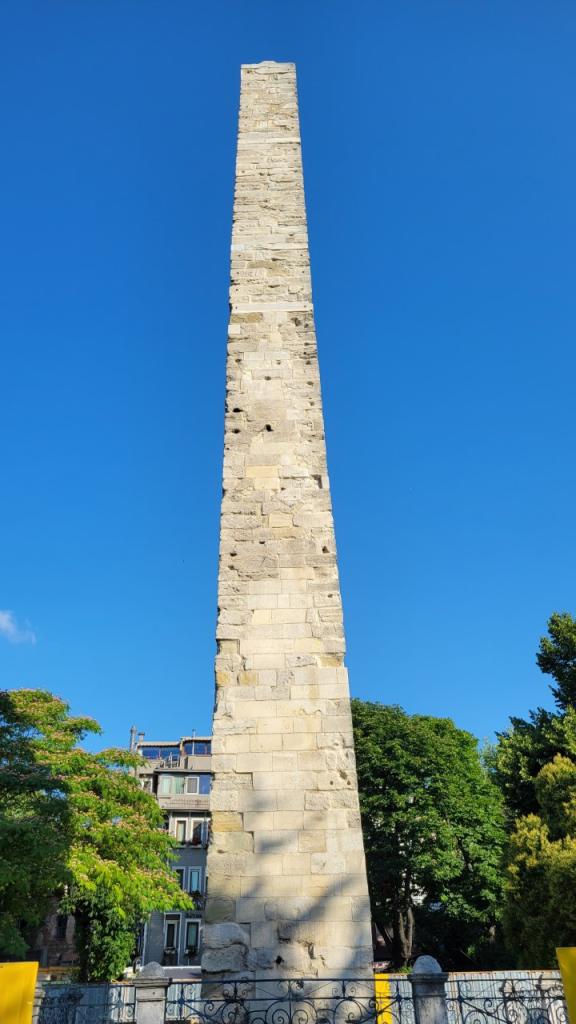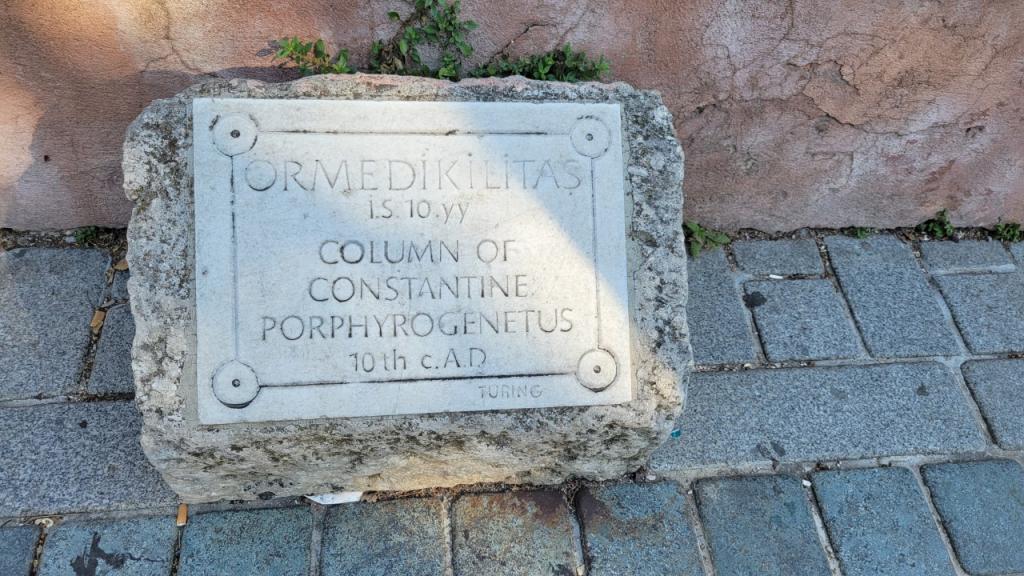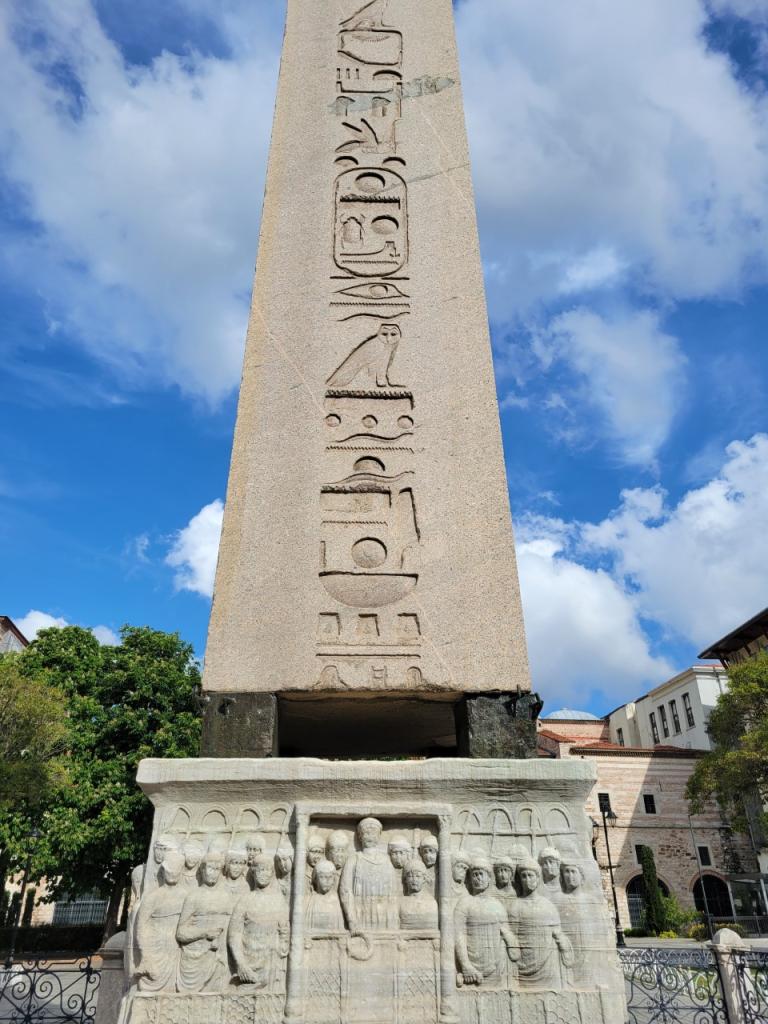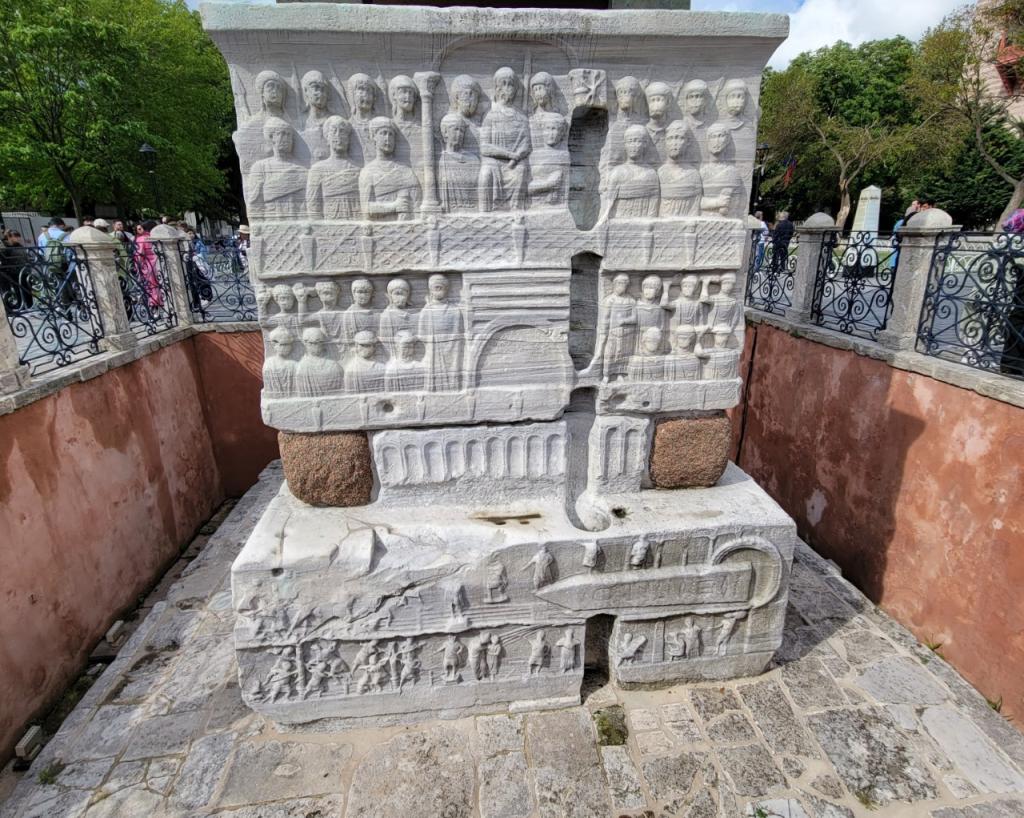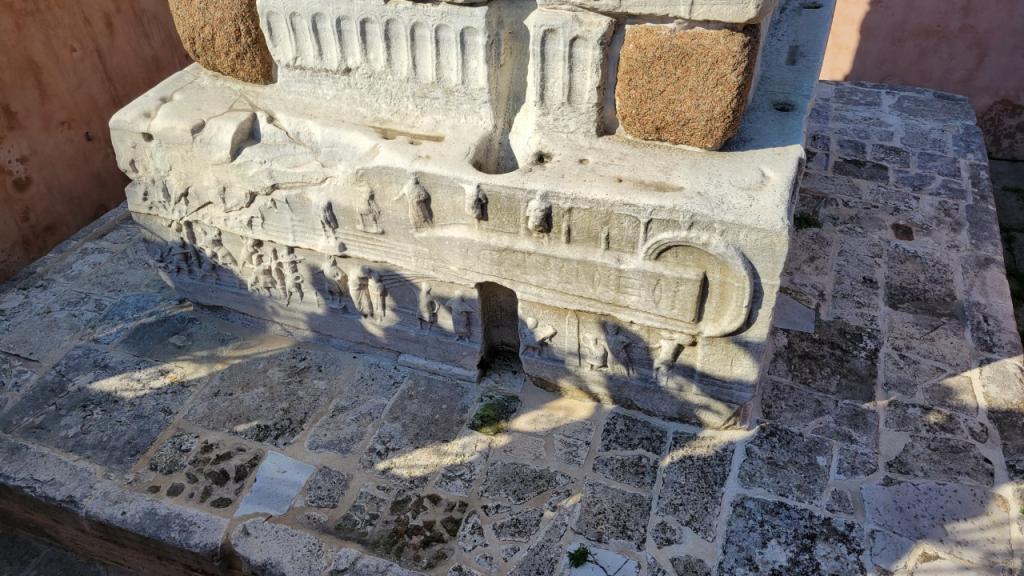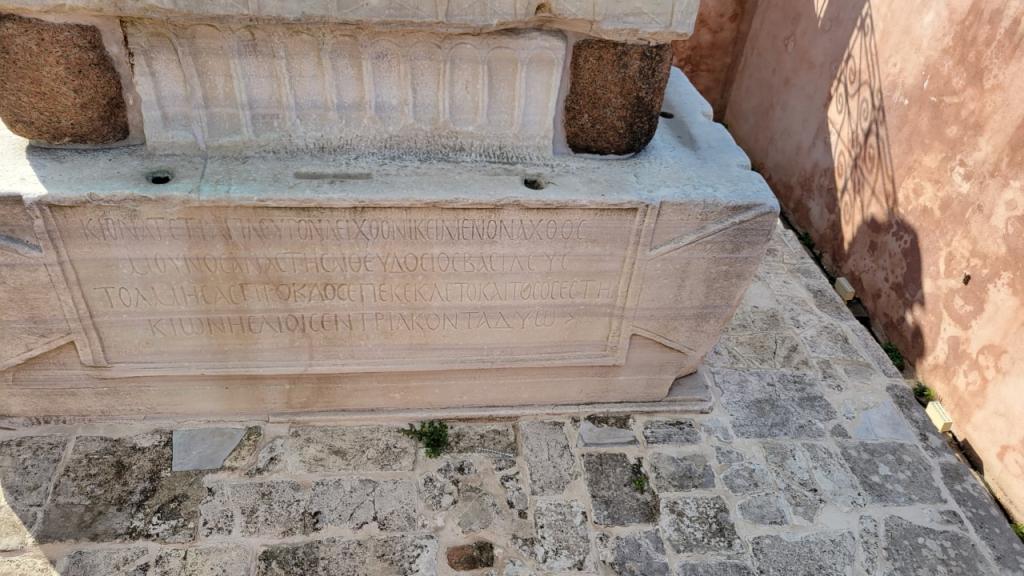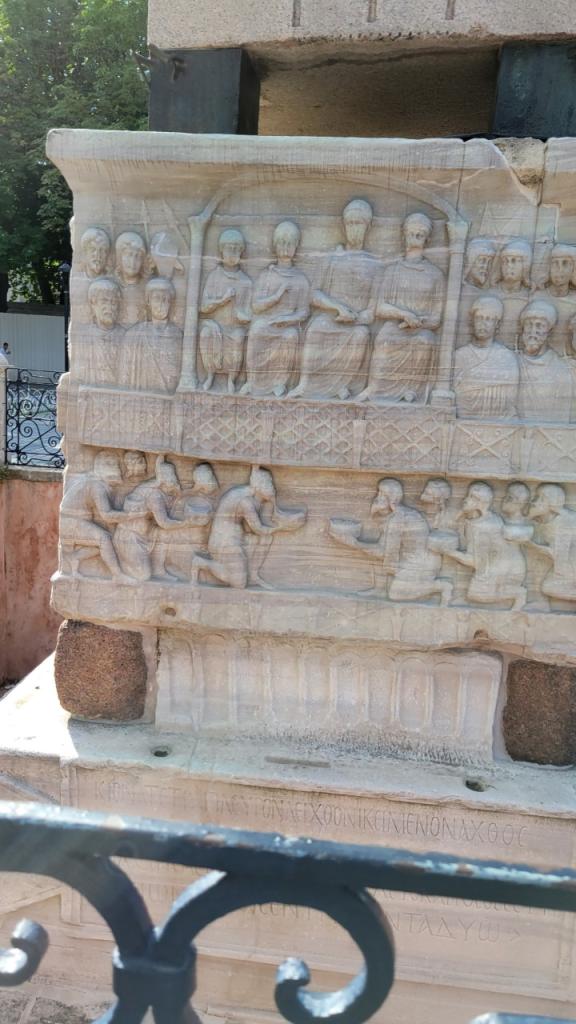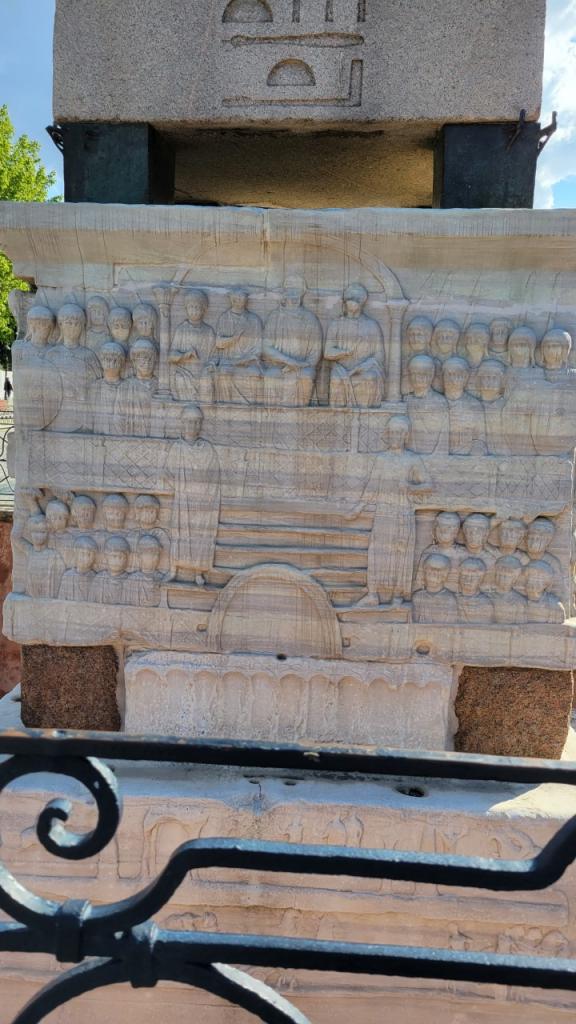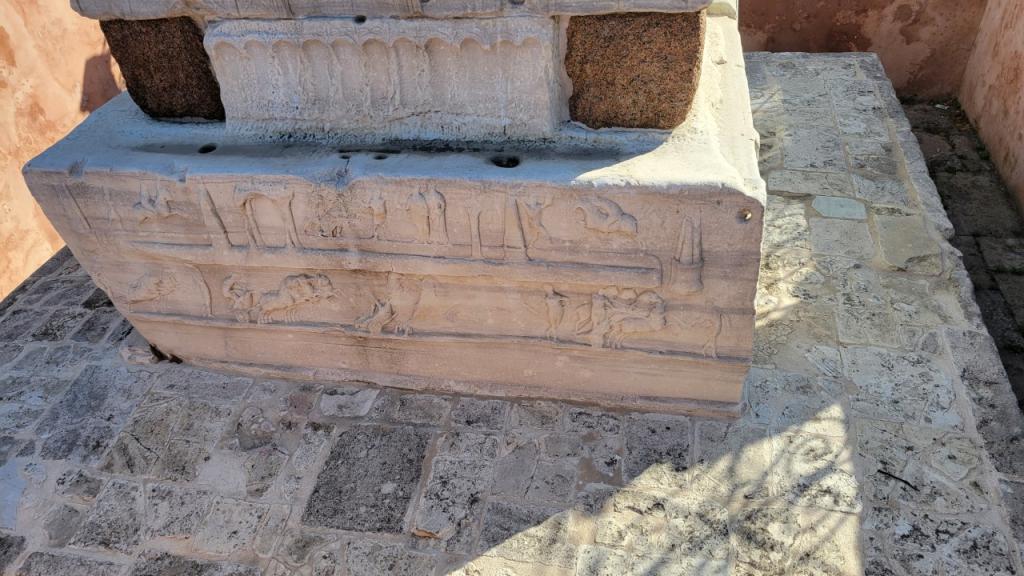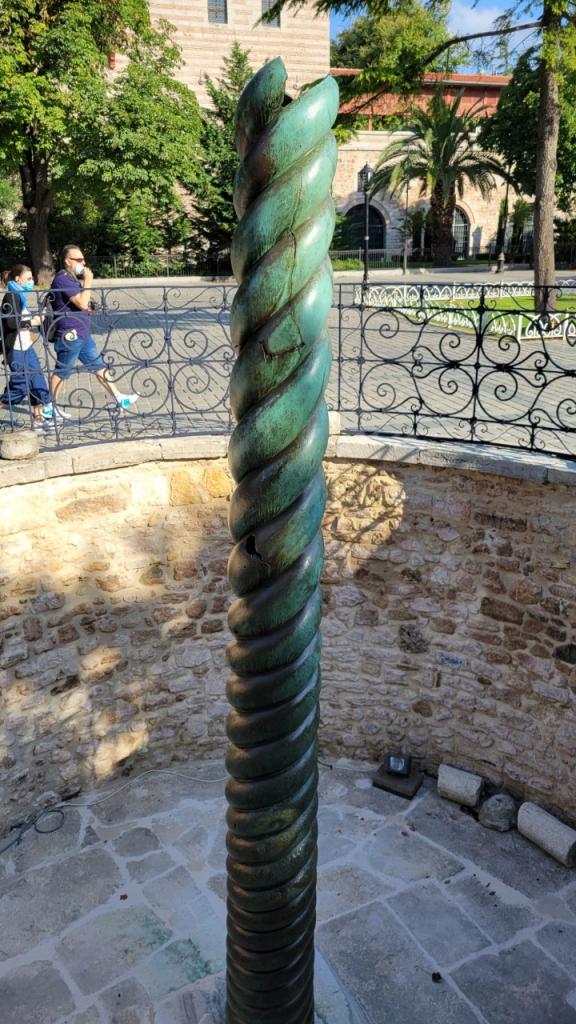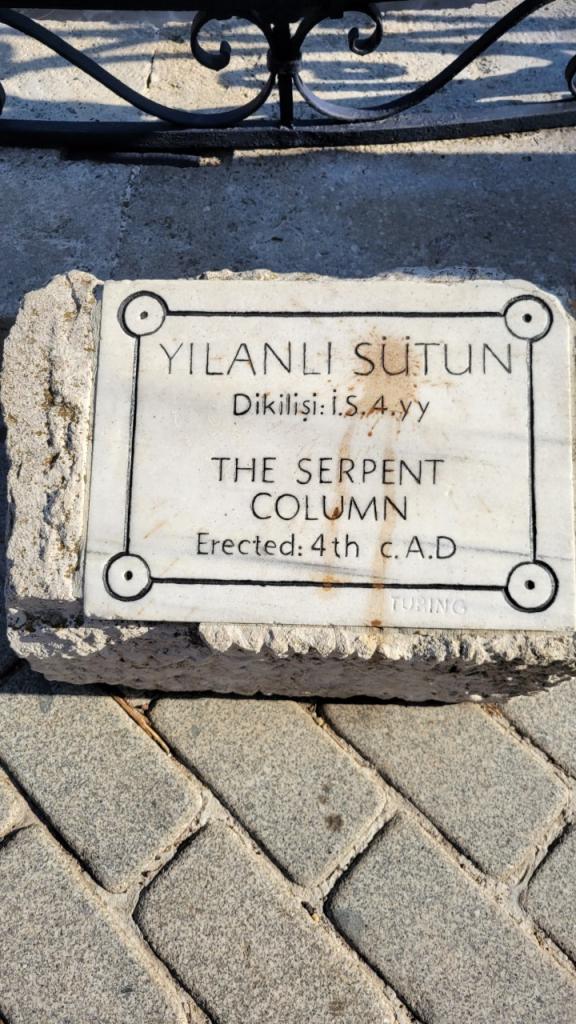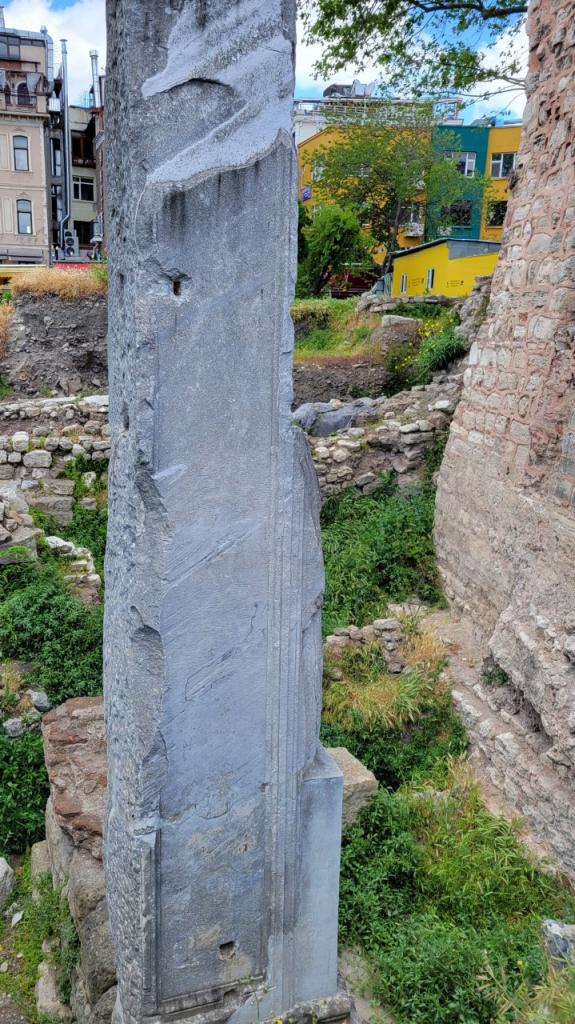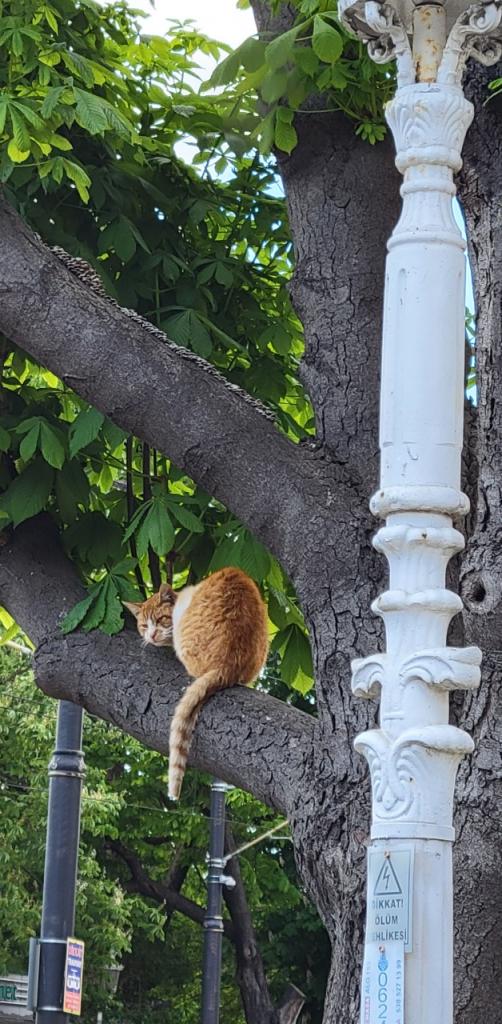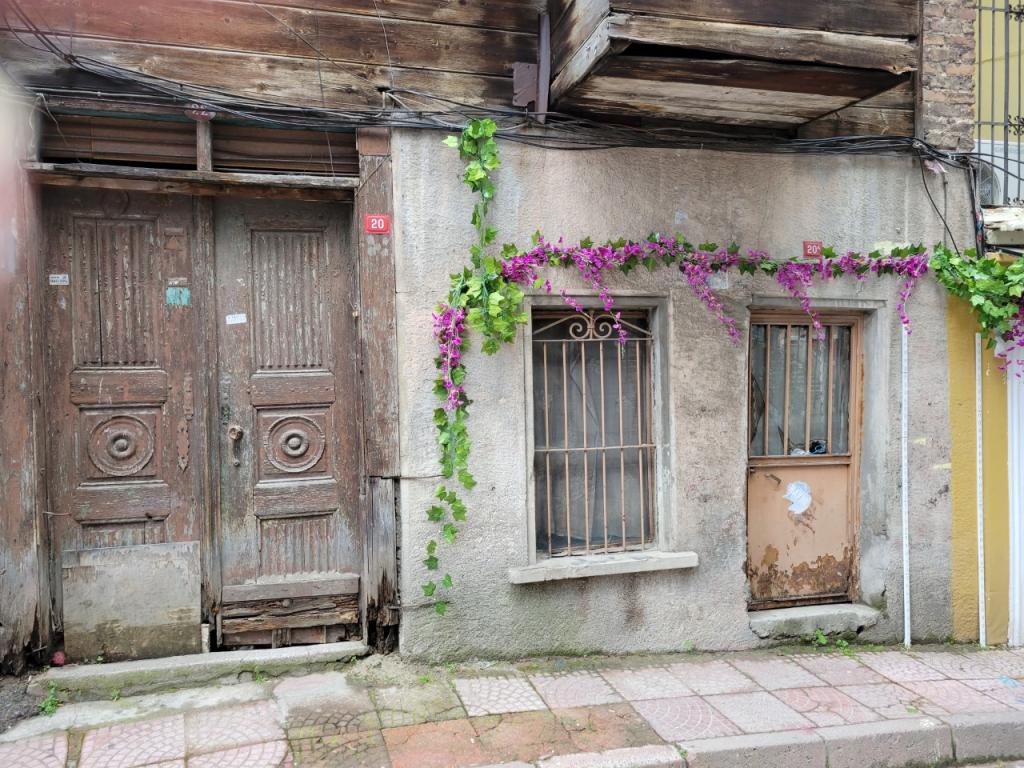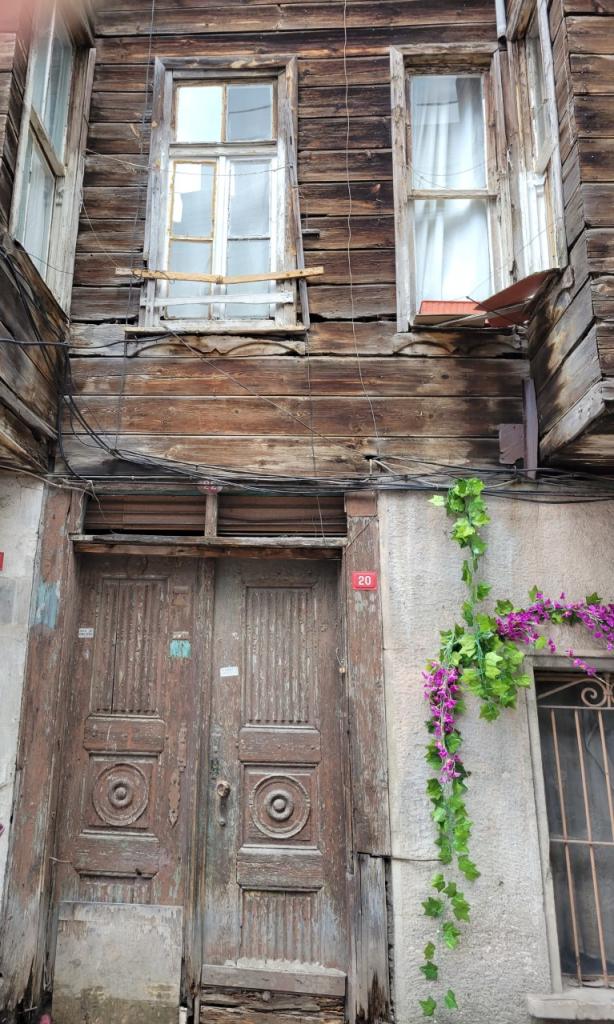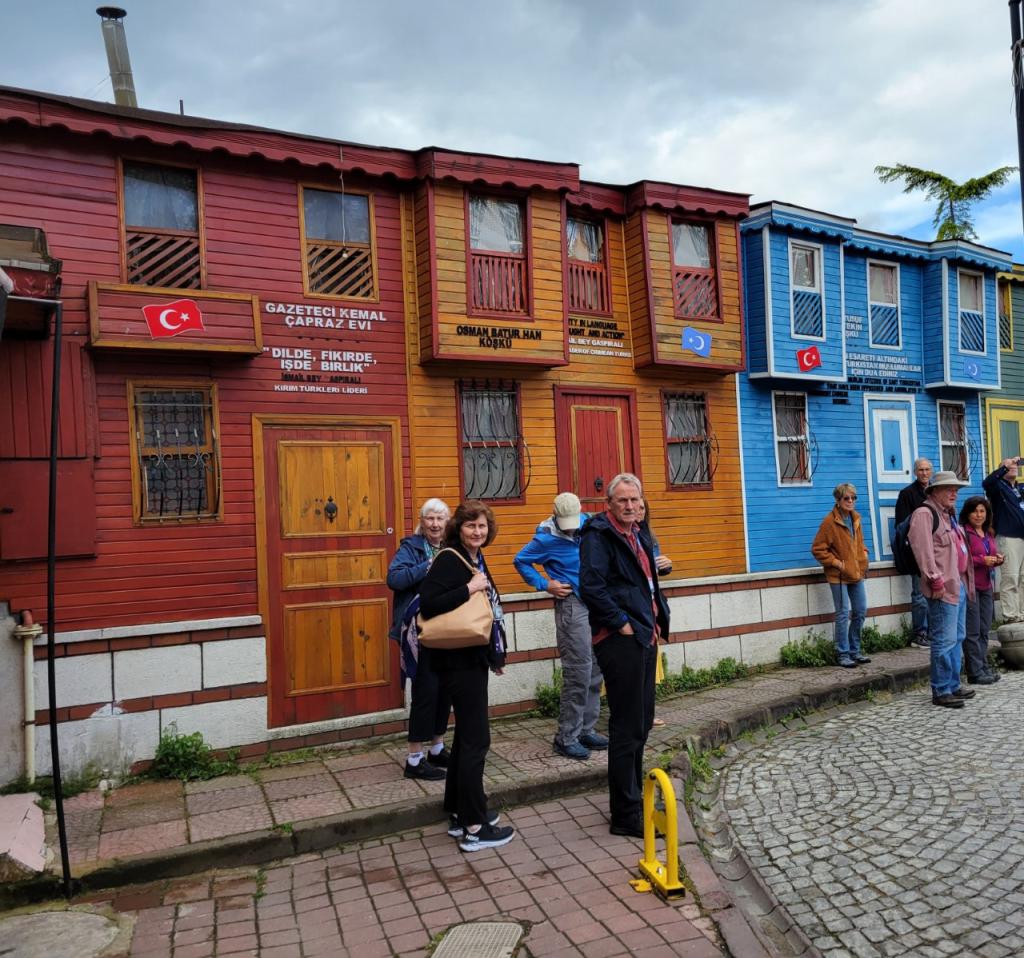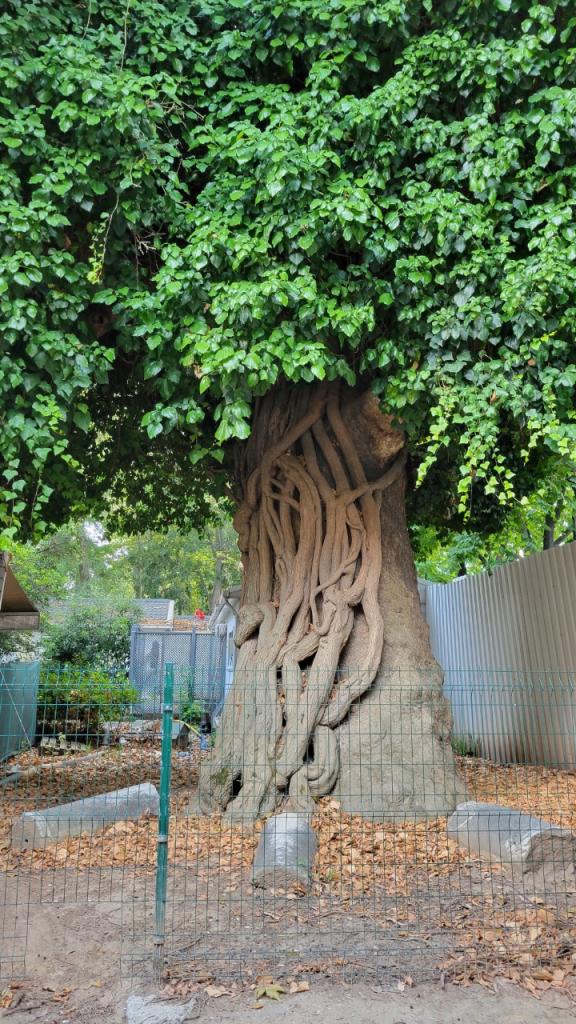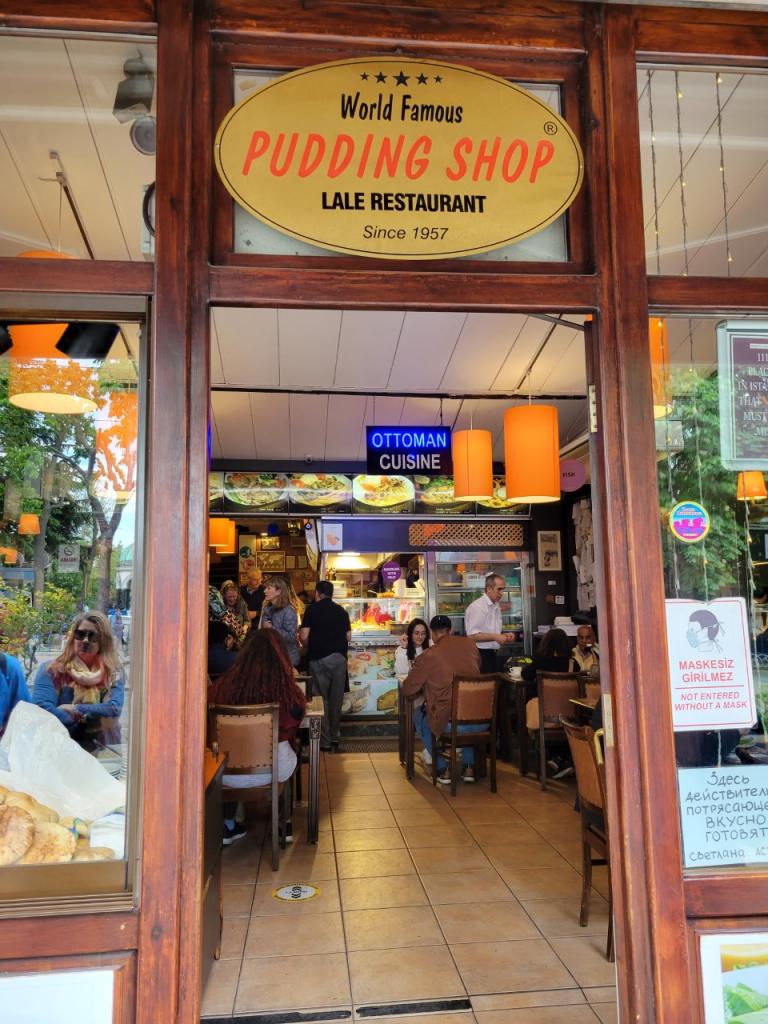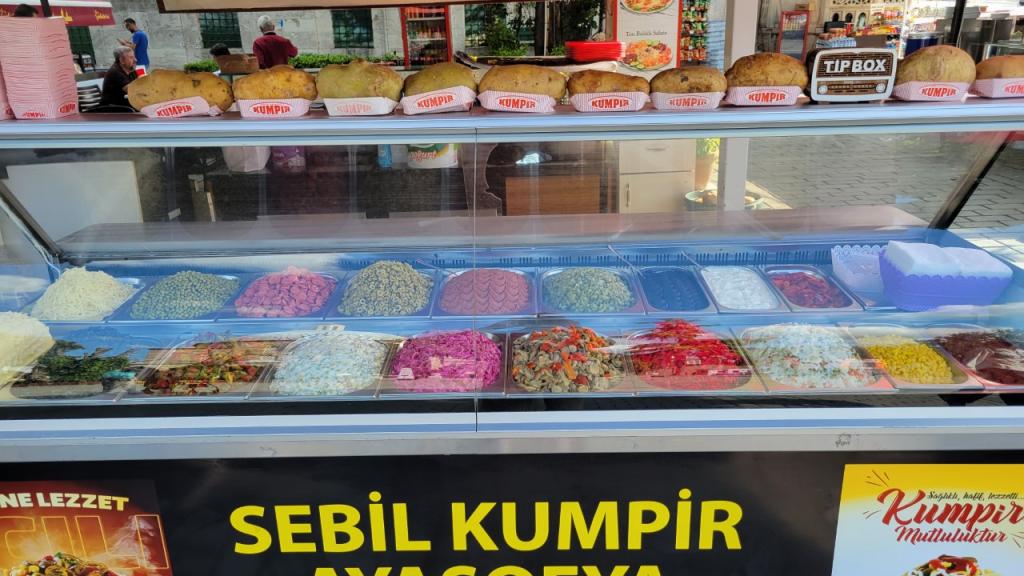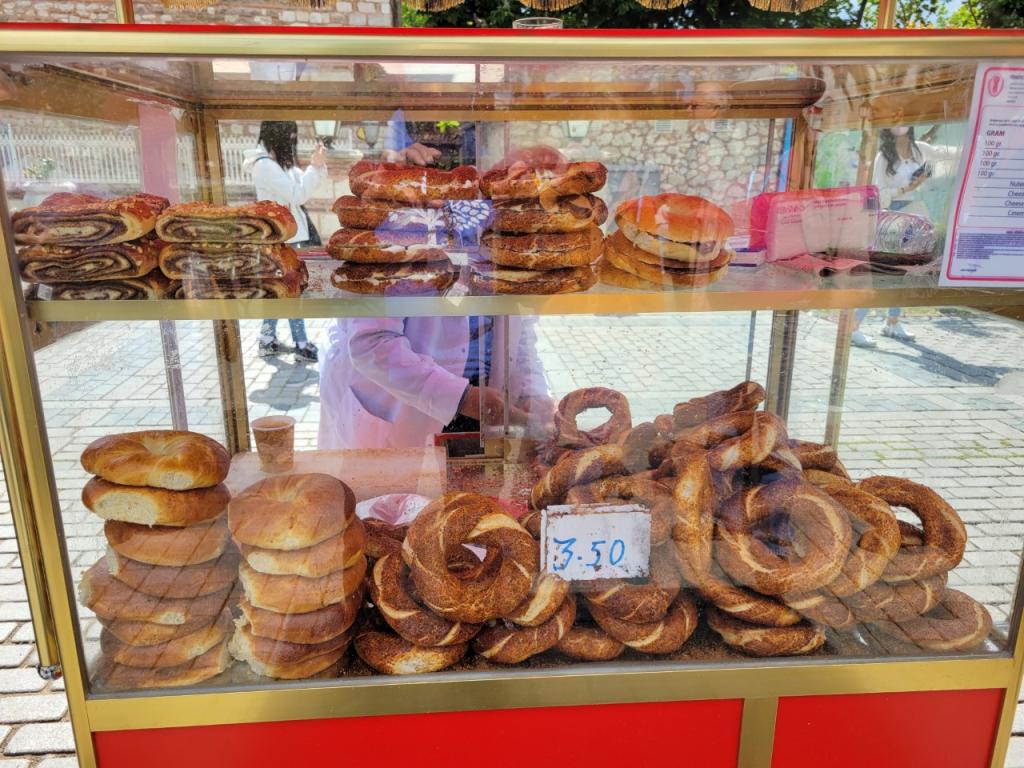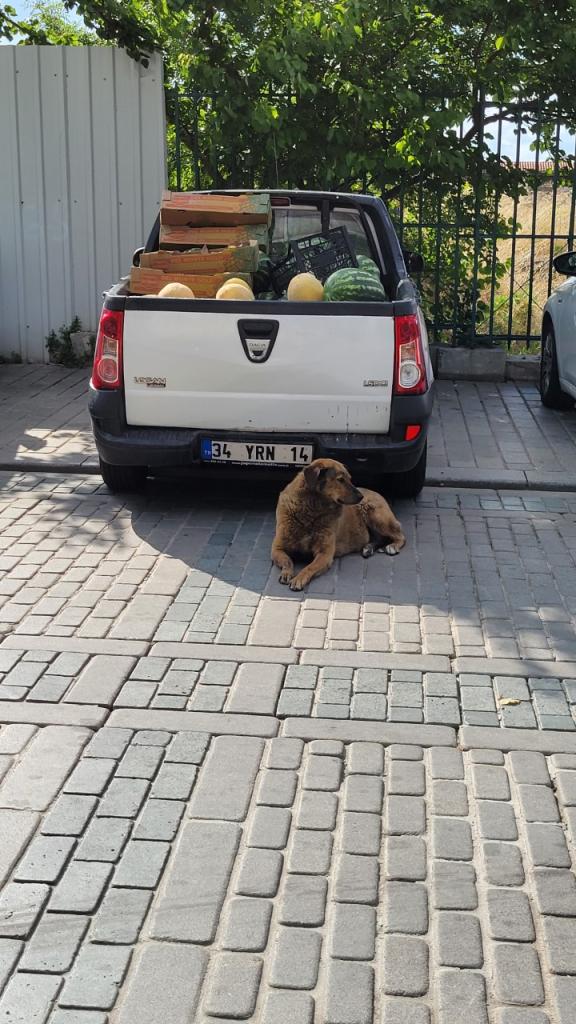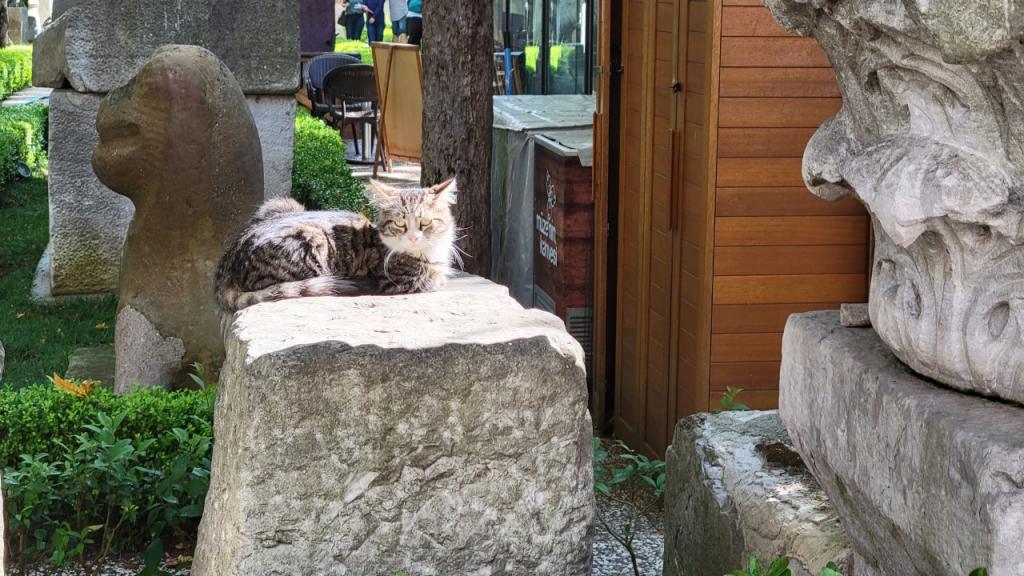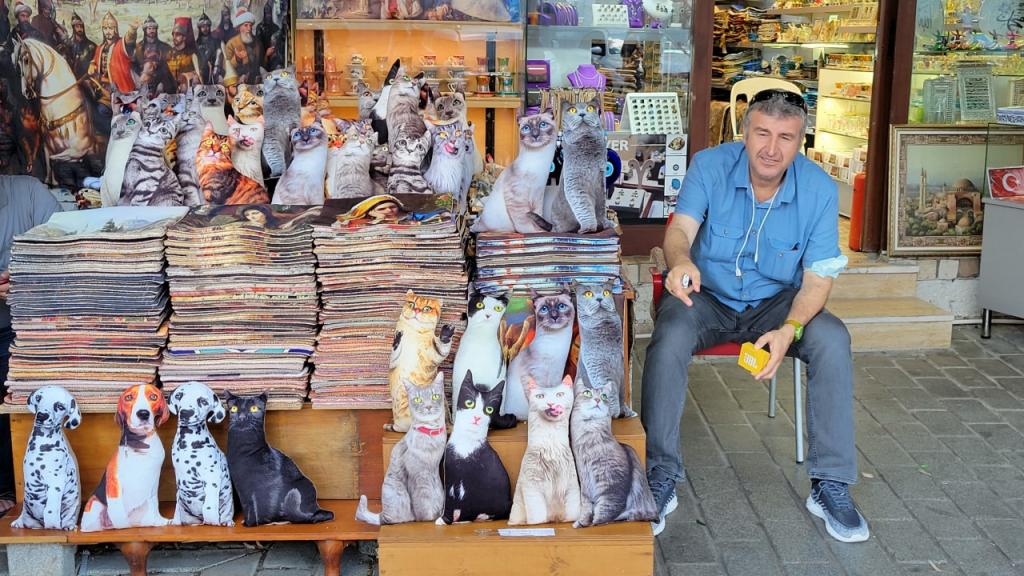Right next to the Blue mosque in the central region of old Istanbul stands a long oblong corridor where the hippodrome once was. No, a hippodrome is not a race course for hippos! Hippus is a Latin word for horse, and there were chariot races here.
We have learned from studying the original ancient descriptions of this site that there were four bronze horses at one end, which were pilfered from here and taken to Venice where they are stored in St. Mark’s Church. 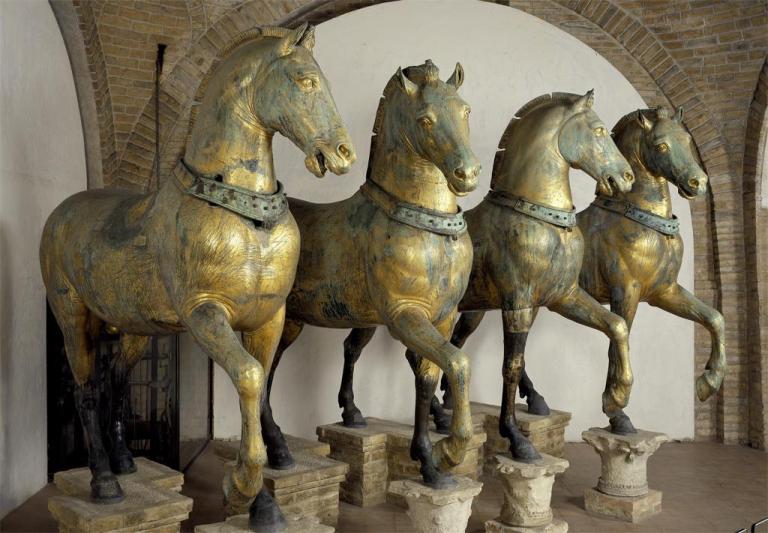
These stood at one end of the race course, and seem to have been cast right here in this city, originally.
Here is the place as it appears today.
You can see the obelisk, shipped all the way to Constantinople and erected as part of the spina, or middle spine around which the horses and chariots would race. There was a further pointed monument at the end of the other end of the race course which originally had gold plate on it… hence the many holes in the limestone you can see now.
Let’s look at the obelisk more carefully, a gift from Egypt to the rulers in Constantinople. You will see it is placed on a platform which is highly decorated and has dignitaries images, including an image of them watching the chariot race from their box seats.
Notice the person holding the laurel wreath for the winner. This pediment was erected by Theodosius 1 in the late 4th century, and the obelisk itself is of Thutmoses III about 1500 B.C. was originally erected there. Notice at the base of this pediment remarkably, we have small pictures of the workers who built the platform and then erected the several ton obelisk on top of it.
There is in addition a celebratory inscription about the event in both Latin on one side, and Greek on the other. Bear in mind that Constantine and his family were Roman by origin and ancestry but Greek was still the lingua franca of the Empire.
At the bottom of this side of the column we see people kneeling and making offerings it would appear.
Below but at the very bottom of the column you see an image of chariot racing.
If this were not enough, there was also a serpent column erected in the spina, which no longer has its head (to be found in the museum in Istanbul).
You can tell you are in the center of the old city, because from here the Via Egnatia begins, which goes straight across the Hellespont through northern Greece through Philippi and on to the west coast of Greece. The mile marker is right next to the large underground cistern just beyond the race course.
And here’s a cat in a nearby tree standing guard over the cistern and mile marker…. Turkish people love their cats, and you find them everywhere.
There is so much more to see (and consume in the old city) and here are a few examples of ancient houses and doors… as well as the most famous Turkish restaurant in this part of the city….
You will notice that cats way outnumber dogs in the stuffed animal department. So typically Turkish.


